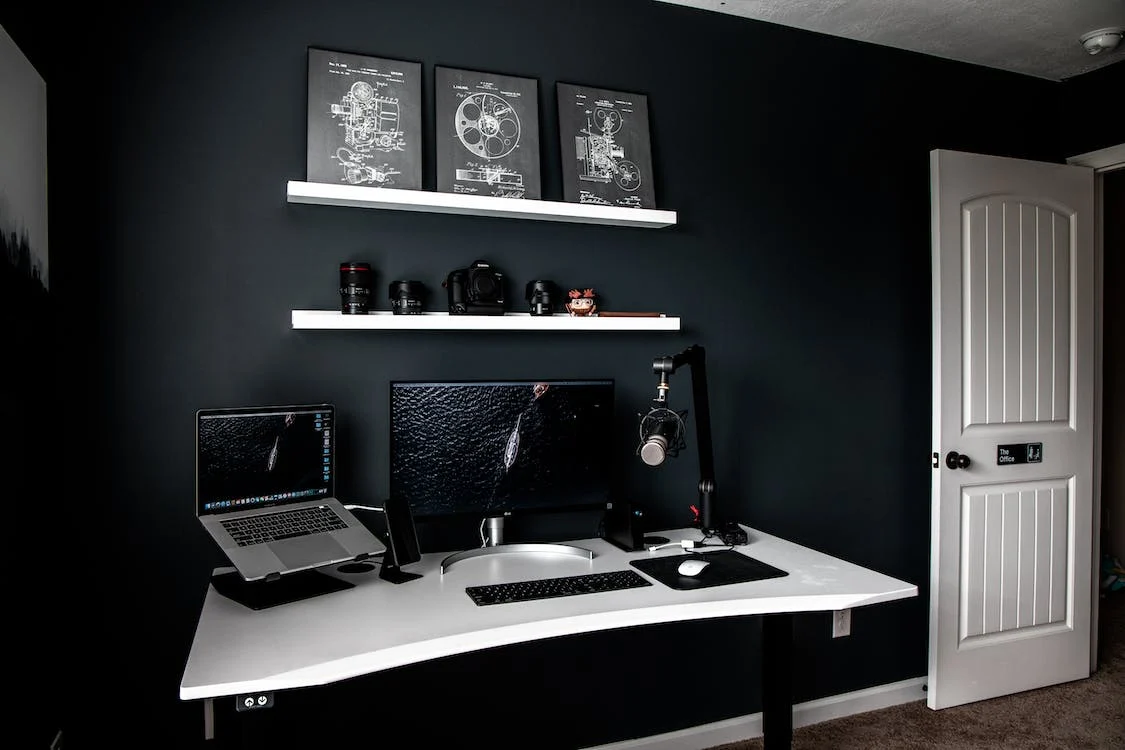Color scheme is a crucial aspect of film making that can greatly impact the mood, tone, and overall aesthetic of a film. Choosing the right color scheme can help filmmakers convey emotions, establish the setting and time period, and create a cohesive visual experience for the audience. In this blog post, we will discuss the importance of color scheme in film making and some tips on how to use them effectively.
Understanding Color Theory
Before diving into color schemes, it's important to understand color theory. The basic color theory consists of three primary colors (red, blue, and yellow) that cannot be created by mixing other colors. Secondary colors (green, purple, and orange) are created by mixing two primary colors, while tertiary colors are created by mixing a primary color with a secondary color.
Color theory also includes color temperature, which refers to the perceived warmth or coolness of a color. Warm colors (red, orange, and yellow) are associated with energy, passion, and warmth, while cool colors (blue, green, and purple) are associated with calmness, serenity, and distance.
Color Schemes in Film Making
There are several color schemes that filmmakers can use to create a specific mood or tone in their films. Here are a few examples:
-
Monochromatic: This color scheme uses variations of a single color to create a cohesive and harmonious look. This is a great option for films that want to establish a particular mood or tone, such as a somber, melancholy feel. A great example of this is the use of blue in the film "The Grand Budapest Hotel" by Wes Anderson.
-
Complementary: This color scheme uses two colors that are opposite each other on the color wheel, such as red and green or blue and orange. This creates a strong contrast and can be used to create a dynamic and energetic look. A great example of this is the use of orange and blue in the film "Drive" by Nicolas Winding Refn.

-
Analogous: This color scheme uses colors that are adjacent to each other on the color wheel, such as blue, green, and purple. This creates a harmonious and cohesive look, and can be used to convey a sense of calmness and serenity. A great example of this is the use of green in the film "The Tree of Life" by Terrence Malick.
-
Triadic: This color scheme uses three colors that are evenly spaced on the color wheel, such as red, yellow, and blue. This creates a vibrant and energetic look, and can be used to convey a sense of excitement and liveliness. A great example of this is the use of red, yellow, and blue in the film "The Life Aquatic with Steve Zissou" by Wes Anderson.
Using Color Scheme Effectively
When using color scheme in film making, it's important to consider the story and the message that you want to convey. Here are some tips on how to use color scheme effectively:
-
Establish the mood: Use color to establish the mood of the film, whether it's somber and melancholy or vibrant and energetic.
-
Create contrast: Use complementary colors to create a strong contrast and draw attention to specific elements in the frame.
-
Use color temperature: Use warm colors to create a sense of energy and passion, and cool colors to create a sense of calmness and serenity.
-
Be consistent: Use a consistent color scheme throughout the film to create a cohesive and visually pleasing look.
In conclusion, color scheme is an essential aspect of film making that can greatly impact the mood, tone, and overall aesthetic of a film. By understanding color theory and choosing the right color scheme, filmmakers can create a visually stunning and emotionally engaging film that resonates with their audience.

